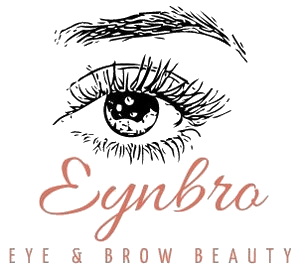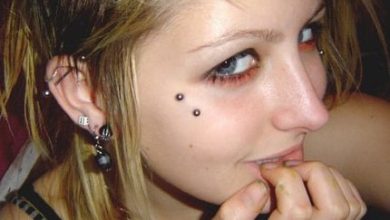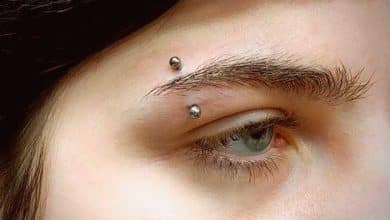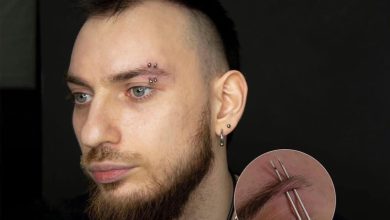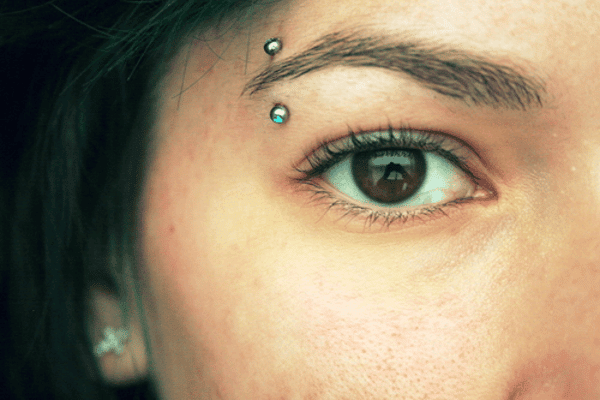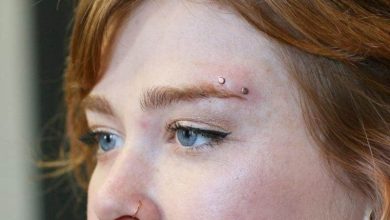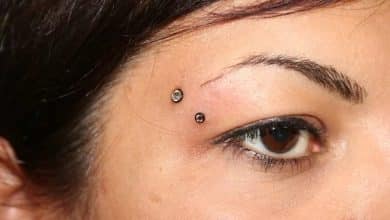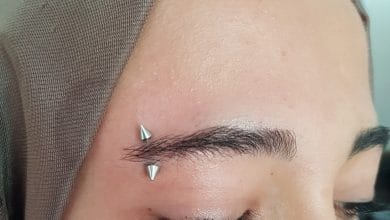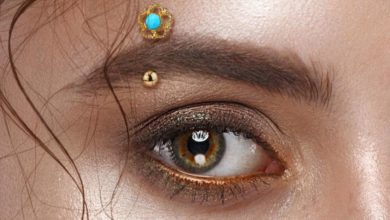A Guide to Preventing Scarring: Anti Eyebrow Piercing Care Tips
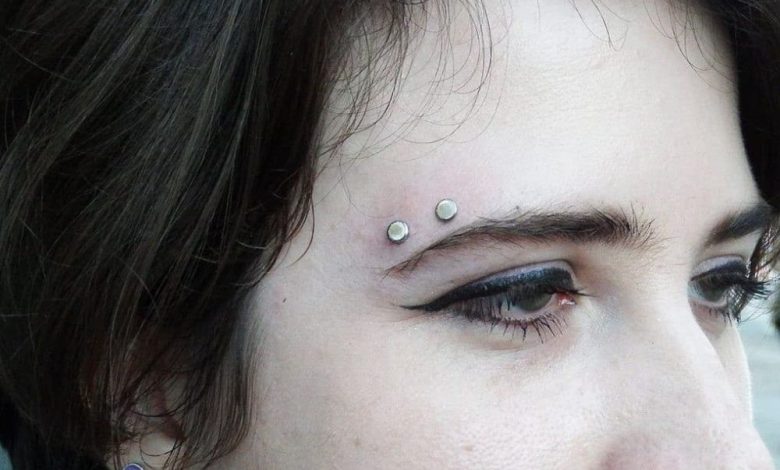
Getting an anti-eyebrow piercing can be an exciting and stylish way to express yourself. However, it’s crucial to understand that improper care can lead to scarring, which can detract from the beauty of the piercing. To help you maintain a healthy and scar-free piercing, we have compiled this comprehensive guide with essential tips and practices for anti-eyebrow piercing care. Whether you’re a piercing enthusiast or a first-timer, this guide aims to provide you with the knowledge and guidance you need to prevent scarring and ensure proper healing.
When it comes to anti-eyebrow piercing care, prevention is key. By following the right techniques and adopting a mindful approach to aftercare, you can minimize the risk of scarring and ensure optimal healing. In this guide, we will explore topics such as choosing a professional piercer, maintaining proper hygiene, avoiding common pitfalls, and recognizing signs of infection. By implementing these expert-recommended practices, you can enjoy your anti-eyebrow piercing with confidence, knowing that you are taking the necessary steps to prevent scarring.
Key Takeaways
- Choosing a professional and reputable piercer is crucial for a successful anti-eyebrow piercing.
- Maintaining strict hygiene, including washing hands before touching the piercing and cleaning it with saline solution or recommended cleansers, helps prevent infections and scarring.
- Avoid touching or rotating the jewelry excessively, as it can disrupt the healing process and increase the risk of scarring.
- Being mindful of clothing, accessories, and activities that may irritate the piercing can contribute to a healthy healing process.
- Recognizing signs of infection, such as excessive swelling, redness, pain, discharge, or fever, and seeking medical attention promptly if any symptoms arise.
Anti Eyebrow Piercing: A Closer Look
What is an Anti Eyebrow Piercing?
An anti eyebrow piercing, also known as a teardrop piercing, is a type of facial piercing where jewelry is placed just below the eyebrow, either on the upper cheekbone or temple area. It offers a unique and edgy look that can complement various styles.
Understanding the Healing Process
When you get an anti eyebrow piercing, your body initiates a healing process to repair the puncture wound. It is crucial to understand the stages of healing to ensure proper care and prevent scarring. Here are the typical stages:
Initial Healing Phase (Week 1-3): During this phase, your piercing is at its most vulnerable. It is essential to avoid touching the piercing, as it can introduce bacteria and cause infection.
Anti Eyebrow Piercing Care Tips
To minimize the risk of scarring and promote proper healing for your anti-eyebrow piercing, follow these essential care tips:
1. Choose a Professional Piercer
Selecting an experienced and reputable piercer is the first step toward a successful piercing. A professional piercer follows proper sterilization techniques, uses high-quality jewelry, and provides accurate aftercare instructions.
2. Maintain Strict Hygiene
Keeping your piercing clean is vital to prevent infections and scarring. Follow these hygiene practices:
- Wash your hands thoroughly before touching your piercing.
- Clean the piercing twice a day using a saline solution or a gentle, fragrance-free cleanser recommended by your piercer.
- Avoid using harsh soaps, alcohol, hydrogen peroxide, or ointments on your piercing, as they can dry out the skin and delay healing.
3. Avoid Touching and Rotating the Jewelry
While it may be tempting to touch or rotate the jewelry, it’s essential to resist the urge. Excessive movement can irritate the piercing and disrupt the healing process, leading to scarring.
4. Be Mindful of Clothing and Accessories
During the healing period, be cautious of clothing, accessories, and activities that may irritate the piercing. Here are some tips:
- Avoid wearing tight-fitting clothes or hats that put pressure on the piercing.
- Be mindful when styling your hair, ensuring it doesn’t get caught in the jewelry.
- Avoid swimming in pools, hot tubs, or bodies of water during the initial healing phase to prevent infection.
5. Watch for Signs of Infection
Monitoring your piercing for signs of infection is crucial. Look out for the following symptoms:
- Excessive swelling, redness, or heat around the piercing area.
- Intense pain or throbbing.
- Yellow or green discharge with a foul odor.
- Fever or chills.
6. Avoid Makeup and Beauty Products
During the healing process, it’s best to avoid applying makeup or beauty products directly on or around the piercing. These products can introduce bacteria and irritate the area, increasing the risk of scarring. If you must wear makeup, make sure to use products that are hypoallergenic and fragrance-free.
7. Stay Hydrated and Eat a Healthy Diet
Maintaining overall health and hydration can contribute to the healing process. Drink an adequate amount of water daily to keep your body hydrated. Additionally, consuming a balanced diet rich in vitamins and minerals can support skin health and promote healing.
8. Avoid Sun Exposure and UV Radiation
Exposing your healing piercing to direct sunlight or UV radiation can cause discoloration, irritation, and potentially scarring. Protect the area by wearing a wide-brimmed hat or using sunscreen with a high SPF when spending time outdoors.
9. Follow Aftercare Instructions
Your piercer will provide you with specific aftercare instructions tailored to your anti-eyebrow piercing. It’s essential to follow these instructions diligently to ensure proper healing and minimize the risk of scarring. These instructions may include:
- Using a saline solution or recommended cleanser to clean the piercing.
- Avoiding swimming or submerging the piercing in water.
- Changing pillowcases regularly to prevent bacterial buildup.
- Avoiding sleeping on the piercing to prevent irritation.
10. Patience and Time
Remember that healing is a gradual process, and every individual heals at a different pace. It’s crucial to be patient and give your piercing adequate time to heal properly. Rushing the healing process or prematurely changing jewelry can increase the risk of complications and scarring.
FAQ: Frequently Asked Questions
1. Is getting an anti-eyebrow piercing painful?
The level of pain experienced during an anti-eyebrow piercing can vary from person to person. Some individuals may describe it as a brief pinch or pressure, while others may find it more uncomfortable. However, it’s essential to remember that the pain is temporary and typically subsides quickly after the piercing is complete. Choosing an experienced piercer who uses proper techniques can help minimize discomfort during the process. Additionally, following proper aftercare guidelines will promote healing and reduce any potential discomfort.
2. How long does it take for an anti-eyebrow piercing to heal?
The healing time for an anti-eyebrow piercing can vary depending on several factors, including individual healing abilities and proper aftercare. On average, it takes about 6 to 8 weeks for the initial healing phase, during which the wound closes. However, it’s important to note that the healing process is not complete at this stage. Full healing, where the tissue strengthens and matures, can take several months, usually around 3 to 6 months. It’s crucial to be patient and continue following aftercare instructions throughout the entire healing period to prevent complications and scarring.
3. Can I change the jewelry in my anti-eyebrow piercing before it’s fully healed?
Changing the jewelry before your anti-eyebrow piercing is fully healed is not recommended. The initial jewelry used by your piercer is specifically chosen for its size, material, and suitability for the healing process. Prematurely changing the jewelry can disrupt the healing process, increase the risk of infection, and potentially lead to scarring. It’s best to wait until your piercing is fully healed and consult with your piercer before considering any jewelry changes. They will be able to assess the healing progress and provide guidance on when it’s safe to switch to different jewelry options.
4. Can I go swimming with an anti-eyebrow piercing?
It’s generally advised to avoid swimming, especially in bodies of water such as pools, hot tubs, and natural bodies of water, during the initial healing phase of your anti-eyebrow piercing. These environments can introduce bacteria and other contaminants, increasing the risk of infection. It’s crucial to keep your piercing clean and dry during the healing process. Once your piercing has fully healed, you can enjoy swimming, but it’s still recommended to take precautions such as avoiding excessive exposure to chlorinated water and properly cleaning the piercing afterward.
5. How can I tell if my anti-eyebrow piercing is infected?
Signs of infection in an anti-eyebrow piercing include excessive swelling, redness, heat around the piercing area, intense pain or throbbing, and the presence of yellow or green discharge with a foul odor. Additionally, if you experience fever or chills, it could be an indication of an infection. If you notice any of these symptoms, it’s essential to seek medical attention promptly. Remember to carefully follow aftercare instructions, maintain good hygiene, and avoid touching the piercing with unclean hands to minimize the risk of infection.
6. Can I apply makeup on or around my healing anti-eyebrow piercing?
During the healing process, it’s generally recommended to avoid applying makeup directly on or around your healing anti-eyebrow piercing. Makeup products can introduce bacteria and irritate the area, potentially leading to infections and scarring. However, if you must wear makeup, choose hypoallergenic and fragrance-free products. Be cautious when applying makeup near the piercing, ensuring that no product comes into direct contact with the healing wound. It’s crucial to prioritize the healing process over aesthetics during this time.
Conclusion
Proper care and attention are vital for preventing scarring and ensuring the successful healing of your anti-eyebrow piercing. By following the guidelines outlined in this comprehensive guide, including choosing a professional piercer, maintaining hygiene, avoiding irritants, and recognizing signs of infection, you can significantly reduce the risk of scarring and enjoy a beautifully healed piercing.
Remember, each individual’s healing process may vary, so patience is key. Take the time to care for your piercing, follow the provided aftercare instructions, and consult your piercer or a healthcare professional if you have any concerns or notice any complications. By prioritizing proper care and following the advice in this guide, you can protect your anti-eyebrow piercing from scarring and enjoy its unique beauty for years to come.
